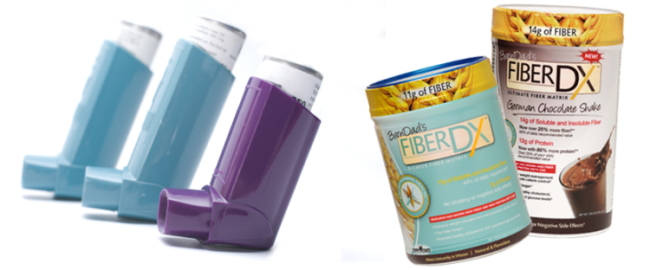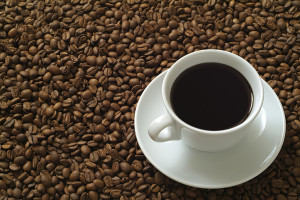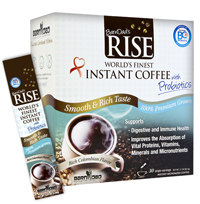 The USDA recommends people consume 14 grams of fiber for every 1,000 calories. That’s 28 grams of fiber per day, based on a 2,000 calorie diet. Barndad’s Fiber Dx makes it easy to get all the fiber you need for a healthy pregnancy in a delicious high fiber protein shake.
The USDA recommends people consume 14 grams of fiber for every 1,000 calories. That’s 28 grams of fiber per day, based on a 2,000 calorie diet. Barndad’s Fiber Dx makes it easy to get all the fiber you need for a healthy pregnancy in a delicious high fiber protein shake.
Common complaints of pregnancy include heartburn, constipation and indigestion. Fortunately, upping your fiber intake is an easy and effective way to prevent or relieve these not-so-pleasant side effects of expecting.
Constipation affects approximately half of all women at some point during their pregnancy. Fiber acts as a broom and “sweeps” as it passes through your digestive system to help curb irregularity.1, 4 Studies have shown that eating plenty of fiber during pregnancy also reduces the risk and severity of hemorrhoids, which become more common as the baby grows.5
Fiber has other pregnancy benefits as well. “A higher intake of soluble fiber can help prevent the glucose intolerance that can lead to gestational diabetes, 1, 2 which affects about 5% of pregnant women in the U.S. (around 200,000 women per year.)
Researchers at Harvard School of Public Health analyzed data from the Nurses’ Health Study II, 13,000 nurses who had a baby during an eight-year period, 758 of which developed gestational diabetes. The study found that gestational diabetes was rarest among nurses with the greatest fiber intake, those who consumed an average of about 26 grams of fiber per day. Every 10-gram-per-day rise in fiber consumption was linked to a 26% drop in the nurses’ odds of getting gestational diabetes.3
Adding dietary fiber to your diet will lower blood pressure. A report in the American Journal of Hypertension found that increasing the amount of fiber in your diet during early pregnancy, reduced the risk of preeclampsia (a dangerous condition caused by elevated blood pressure.) In this study, pregnant women who consumed 21.2 grams or more of fiber a day were 72 percent less likely to develop preeclampsia than those who ate less than 11.9 grams a day.4 Plus, research has supported a link between a high-fiber diet and lowered risk of ovarian and cervical cancers.1
1 “In The Rough: Easy Ways to Get Fiber on Board.” http://www.fitpregnancy.com/nutrition/prenatal-nutrition/easy-ways-to-get-fiber-during-pregnancy
2 “Dietary Risk Factors for Gestational Diabetes Mellitus.” Diabetes care, 2009 - Am Diabetes Assoc http://care.diabetesjournals.org/content/32/12/2314.full
3 “Fiber-Rich Diet Before Pregnancy May Help Women Avoid Gestational Diabetes.”
WebMD Health News, WebMD News Archive, http://www.webmd.com/baby/news/20060927/planning-pregnancy-eat-fiber
4 “The Importance of Fiber During Pregnancy” http://www.everydayfamily.com/the-importance-of-fiber-during-pregnancy/
5 “What should I eat during pregnancy?” Medical News Today, http://www.medicalnewstoday.com/articles/246404.php


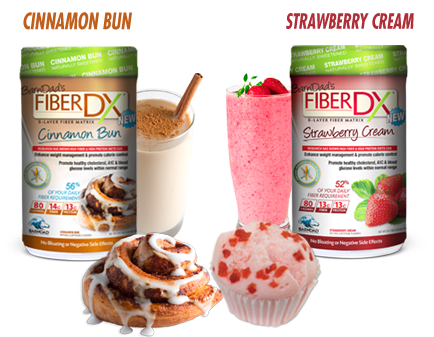
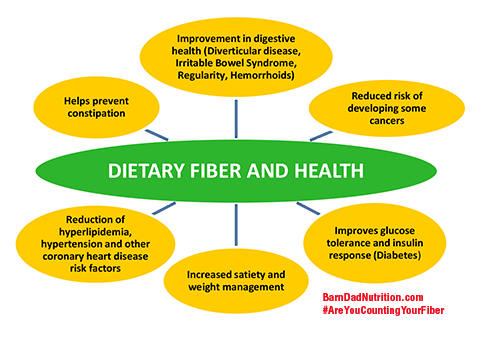 Long heralded as part of a healthy diet, fiber has been shown to reduce the risk of developing heart disease, diabetes, diverticular disease, and constipation, as well as cancer of the colon, breast, ovary, endometrium, gastrointestinal tract, esophagus, mouth, pharynx, stomach and rectum. Research has found that populations that consume more dietary fiber have less chronic disease. For instance, a high total dietary fiber intake was linked to a 40 percent lower risk of coronary heart disease and a reduced risk of metabolic syndrome, a constellation of factors that increases the chances of developing heart disease and diabetes. These factors include high blood pressure, high insulin levels, excess weight (especially around the abdomen), high levels of triglycerides, and low levels of HDL (good) cholesterol.*
Long heralded as part of a healthy diet, fiber has been shown to reduce the risk of developing heart disease, diabetes, diverticular disease, and constipation, as well as cancer of the colon, breast, ovary, endometrium, gastrointestinal tract, esophagus, mouth, pharynx, stomach and rectum. Research has found that populations that consume more dietary fiber have less chronic disease. For instance, a high total dietary fiber intake was linked to a 40 percent lower risk of coronary heart disease and a reduced risk of metabolic syndrome, a constellation of factors that increases the chances of developing heart disease and diabetes. These factors include high blood pressure, high insulin levels, excess weight (especially around the abdomen), high levels of triglycerides, and low levels of HDL (good) cholesterol.*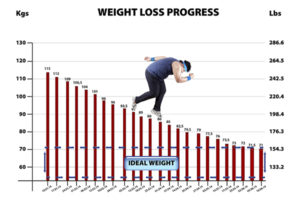
 Did you know that dietary fiber (soluble) slows the time it takes food to leave the stomach? This slower rate of digestion creates a feeling of satiety i.e. you feel fuller longer. Also, once the stomach contents move into the small intestine, those same dietary fibers can affect a wide variety of gastrointestinal hormones that affect appetite.* So dietary fiber actually works in several ways to make it easier to reduce your caloric intake for weight management.
Did you know that dietary fiber (soluble) slows the time it takes food to leave the stomach? This slower rate of digestion creates a feeling of satiety i.e. you feel fuller longer. Also, once the stomach contents move into the small intestine, those same dietary fibers can affect a wide variety of gastrointestinal hormones that affect appetite.* So dietary fiber actually works in several ways to make it easier to reduce your caloric intake for weight management.